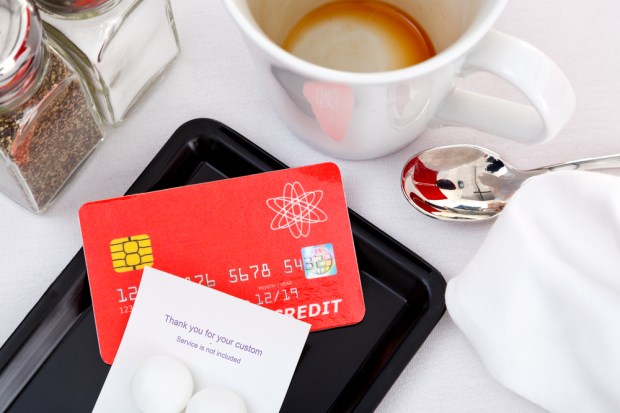Corporate Dining That Rewards The Diner And The Corporation

In travel and entertainment expense management, it is the travel and at least part of the expense roster that gets the attention of managers and finance professionals. Think airlines, hotels and car rentals.
But perhaps less scrutinized is the expense that, left unchecked, could nibble away at profits — literally. That would be restaurant spend, where corporate employees pick up the check as they hunt for new business on the road or close to home or seek to further cement existing relationships.
One company that has been focused on expense account dining is Dinova, which bills itself as a B2B marketing channel for restaurants, connecting several thousand restaurants in the United States, more than 100 Fortune 500 companies and more than 1 million SMEs.
In an interview with PYMNTS, Vic Macchio, founder and chief executive officer of the company, said that the company’s founding and focus took shape after his own experience over 17 years with American Express, with stints in marketing, supplier relations and specifically the travel management service group. Other types of expenses related to T&E, he told PYMNTS, had clearly defined avenues of visibility, control and tracking and management of spending related to those line items. Not dining, however, where no solutions were tailor-made for the impact of restaurant spend on operations. “Many companies have tried and abandoned this, as it’s too fragmented,” with the restaurant industry being so disparate and far-flung across the United States.
Dinova’s flagship program took root seven years ago with the creation of a preferred network that lets client companies earn rebates as their employees frequent restaurants within that network. The rebates are, in turn, determined by spend volume as employees use corporate credit cards or, alternatively, a purchasing card registered with Dinova.
In its latest offering, named myDinova and announced earlier this month, corporate travelers tapping into the Dinova network (as their own companies are part of the program, of course) now are able to accumulate loyalty points based on their dining spend. Those points are for the employees’ personal use within the preferred network.
The enterprises, large and small, that tap into this preferred network of 13,000 restaurants — across all dining niches, whether national or independent — have an annual dining spend of $4 billion annually, said Macchio. The model is one where “nothing is required at the point of sale and there is no need for a special card; instead, there is just the use of the corporate credit card” for both Dinova’s traditional offering and now myDinova. For the restaurants themselves, this is beneficial, as there are no changes to routine, said Macchio, “with no training for staff” to understand various rewards systems or preferred status.
In addition, restaurants join the networks by invitation only. Gift cards, he said, are done as redeemable cards geared toward meals at specific restaurants or chains, and the model hews closely to the way points are accrued for frequent fliers and the miles they accumulate. The relationship is one to one, where every $1 spent at a Dinova network establishment translates into one point to the member using the corporate credit card to pay. Further, volume in a relatively short time boosts the point tally that builds for employees. For example, if at least a quarter of all restaurant visits that have been logged by an employee have been done in network, then there will be a bonus of 25 percent applied toward a gift card for a restaurant that is in the network. That same threshold and bonus applies to a 50 percent tally.
Macchio explained the business model as promoting a “virtuous circle” that benefits all players, from the individual corporate employees who rack up points, to the restaurants that get more business, to the companies who get rebates and save on expenses — savings that Macchio said can range from “tens of thousands to hundreds of thousands of dollars a year” — to, of course, the fees that accrue to Dinova. Indeed, spend has been growing across the platform, as Dinova has estimated that, last year alone, the spend across restaurants in its network was up more than 7 percent over 2014, with a 3.8 percent leap in average check totals across the same time frame.
Speaking to broader trends, Macchio noted that the demand and volume that is being seen across business dining are coming from what may be surprising (to the casual observer) avenues. The volume, he said, is increasingly coming from the suburbs. And, in addition, corporate dining is no longer marked by white linen tablecloths, waiters and freely flowing spirits. Macchio stated that, more often, business is done across chains or even casual dining locations, with some verticals, such as pharmaceuticals or defense, catering “working lunches,” which, of course, open up new revenue opportunities for participating restaurants.
